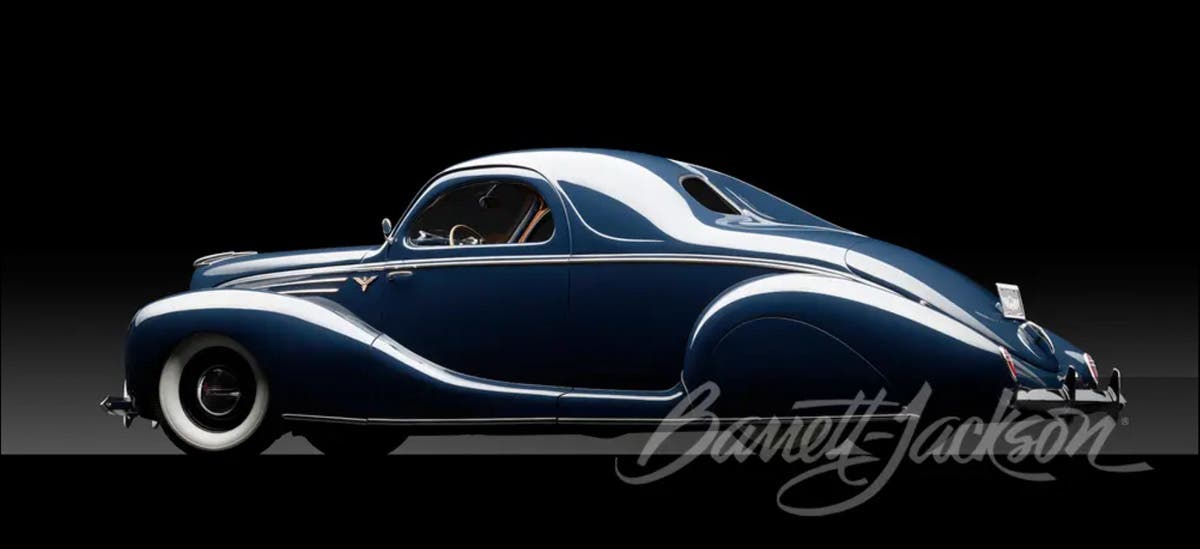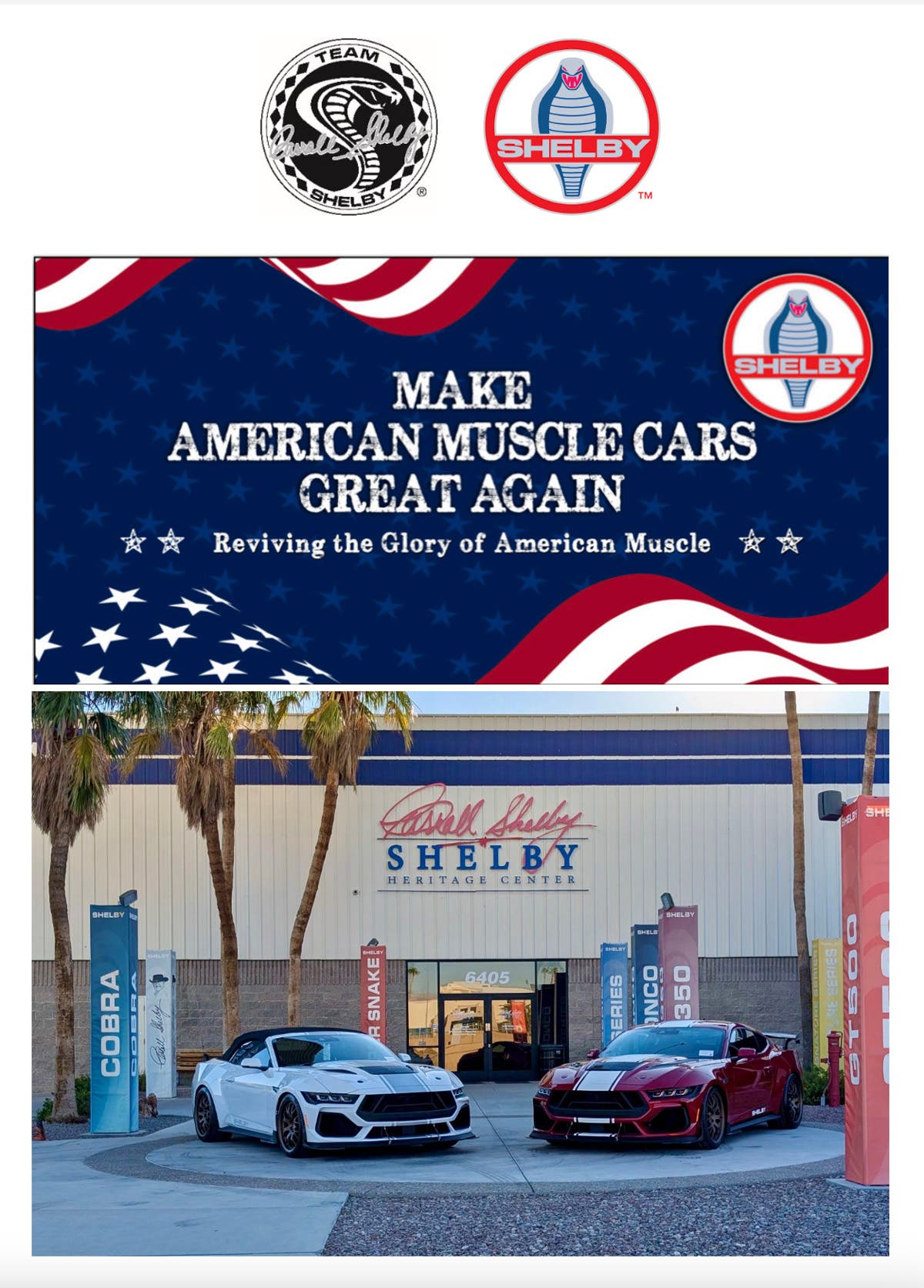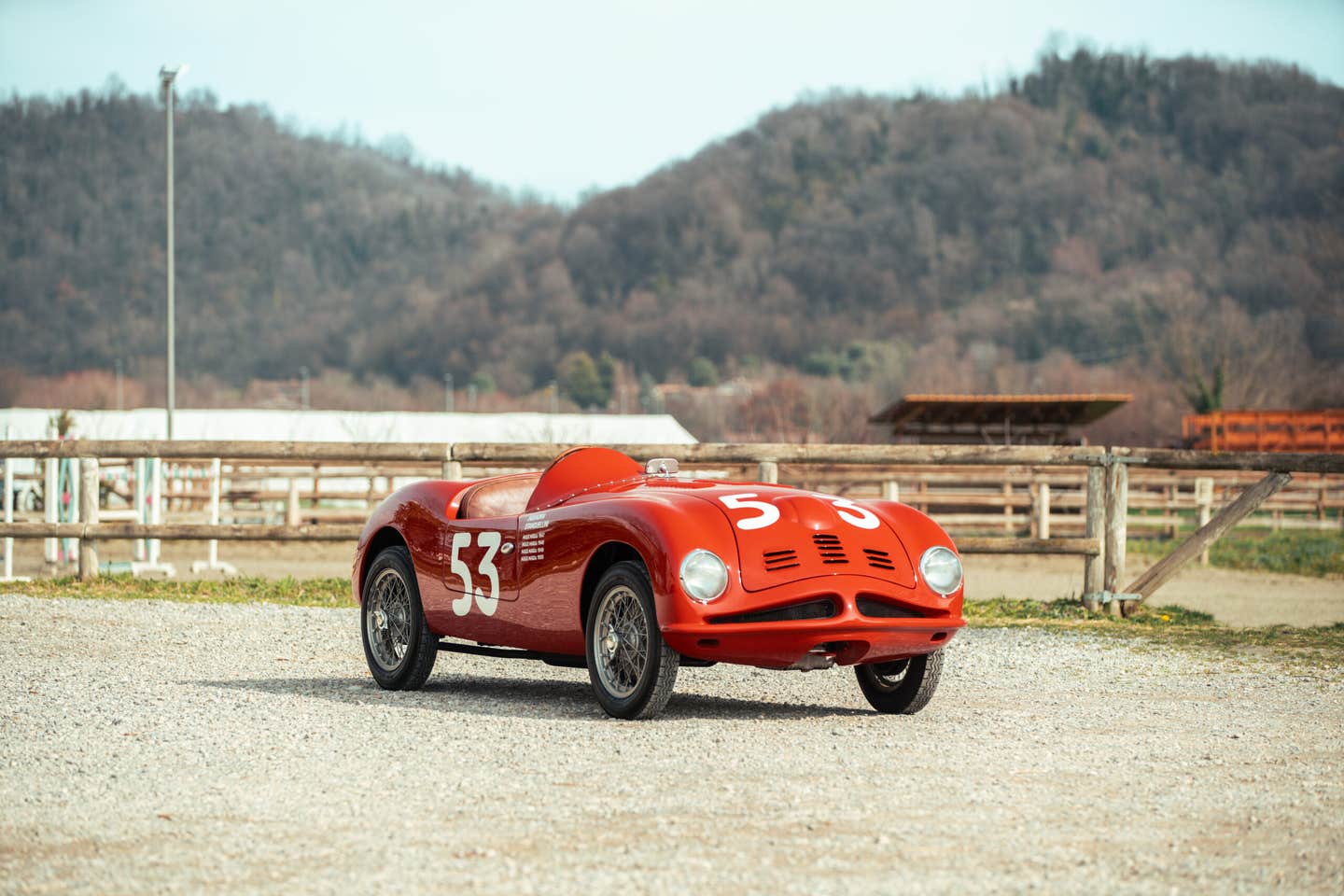National Military History Center sells relics to keep doors open
One of the biggest historic North American military vehicle auctions in recent years took place at the National Military History Center in Auburn, Ind.
"Victory Museum" Auction
by Scott Taylor
One of the biggest historic North American military vehicle auctions in recent years took place at the National Military History Center (formerly known as the “Victory Museum”) in Auburn, Indiana, on December 8, 2012. No less than 82 major pieces from the collection, including vehicles and artillery, as well as 100 lots of other artifacts, were sold by Auctions America in a no-reserve auction that attracted potential buyers from around the world.
The museum, faced with a court order to immediately repay a $2.9 million loan that it defaulted on, resorted to this drastic action in order to save itself, even at the expense of approximately two-thirds of the major artifacts that were on display at the time of the auction. This was the latest in a series of financial challenges for the museum in recent years, which has previously sold off a number of other vehicles in the collection.
Most of the National Military History Center collection originated with a Belgian museum, the Victory Memorial Museum in Arlon. This museum, the brainchild of Guy Franz Arend, opened in 1990, but was forced to close in 1998. The Victory Memorial Museum collection was noteworthy for having a huge collection of WWII softskins, half-tracks, and support vehicles. It was also known, however, for having some vehicles—especially the German ones—in the collection that were incomplete (in some cases missing engines and other major components), had large portions that were reconstructions, or were almost completely new fabrications around a few original components.
Dean Kruse purchased most of the collection and shipped it over to Auburn in 2001 to form the core of the WWII Victory Museum, which is operated by the Dean V. Kruse Foundation. The museum opened in 2003, in a very modern, spacious $35 million building that also accommodated several other museums, including the Kruse Automotive and Carriage Museum.
While there were ambitious plans for the museum, which set as its mission to “honor and preserve the experiences of individuals and nations during the Second World War and celebrate the perseverance and victory of the world’s citizens over the largest armed conflict in history,” the problems which befell the Kruse auction empire and a variety of other factors led to the museum retrenching and, finally, having to sell much of its collection in order to avoid shutting down completely.
Auctions America, which now operates the former Kruse Auction Park across I-69 from the museum, organized the auction, which was held in the museum itself. The artifact lots auctioned were a mix of uniform pieces, kit, and miscellaneous equipment, and appeared for the most part to be surplus items to the collection. The same could not be said, however, for the 82 vehicles and artillery pieces selected for sale. These represented a large part of the museum’s Axis vehicles and artillery pieces, including almost all of the German collection, as well as a number of Allied vehicles. The pieces ranged in size from a Cushman 53 Autoglide Scooter up to an M26 Dragon Wagon with M15A1 trailer, a Diamond T 981 tank transporter with M9 trailer, and an Sd.Kfz. 8 12-ton German half-track. There were no reserves on any of the items put up for auction, although estimated prices were posted, based on appraisals made for Auctions America.
Public viewing of the items for auction was held on the Friday and Saturday morning before the auction itself. Registered bidders could climb over the barriers and inspect the vehicles inside and out before bidding. A last-minute change on Friday led to the removal of eight lots of small arms from the auction catalogue and their substitution with other artifacts. At same time, several larger pieces of ordnance that were going on the block were taken away to be de-milled so that they would comply with Bureau of Alcohol, Tobacco and Firearms regulations regarding the sale of such weapons. This made some bidders, who had come specifically to purchase these weapons and had the appropriate permits, rather unhappy.
The auction attracted interest from around the world, both from potential buyers and media. A number of bidders flew in from Europe to physically inspect the vehicles on the block, while online and phone bidders from 19 countries and 34 US states participated in the auction. Auctions America held the auction in the museum’s atrium and showed items for sale on a pair of big screens, while also live-streaming the event on the internet.
The auction team ran a very smooth event which managed to get through 182 lots in around 5 hours with almost no glitches. While bidding for some items was certainly lower than expected, others commanded significantly higher prices than estimated, and in some cases there were energetic bidding wars. Generally, the German vehicles sold well, especially those that were more complete and original (the top five prices paid at auction, and the only ones to exceed $100,000 (all prices listed do not include the 15% buyer’s premium applied to all purchases) were all for German vehicles. Motorcycles generally did well, and five of them sold in the $30-40,000 range. A couple of American vehicles— the DUKW and M16 half-track—got a lot of attention and each almost broke the $100,000 barrier.
The prospect of the museum collection being broken up was generally seen as an unfortunate event by auction attendees as they wandered through the collection. It was widely expected that at least some of the vehicles sold would be heading back to Europe; American bidders were disappointed with this notion, while European bidders looked forward to the vehicles coming home after a 10+ year absence.
The European bidders need not have fretted as a number of them were successful in purchasing vehicles. A buyer from the United Kingdom picked up six vehicles, including a CCKW compressor truck for the princely sum of $3,500, while the ASPHM Association, a museum in La Wantzeau, France, purchased no less than 11 vehicles, including the big Sd.Kfz. 8 12-ton half-track, an Sd.Kfz. 251 Ausf. C armored personnel carrier half-track, and a pair of Sd.Kfz. 11 prime mover half-tracks. Other European buyers also purchased vehicles from the collection, concentrating mostly on the German and other European items.
Not all of the purchasers came from overseas, however. The National Veterans Museum, a new museum that will be opening in the Chicago area, purchased four vehicles for its collection - a DUKW, an M16 half-track, a GMC AFKWX-353 COE, and a 1942 Harley-Davidson UA with sidecar—as well as a number of smaller artifacts. A museum in Utah, meanwhile, nabbed four vehicles, including one of several Opel Blitz variants that were on the block. A number of re-enactment groups were also present at the auction.
From a financial standpoint, the auction was a success: the total selling price for the vehicles and artifacts auctioned was $2,967,650, which one hopes will let the museum solve its financial difficulties. There is no question, however, that the sale of these vehicles and artifacts is a huge hit for the museum’s collection.
Once the auctioned vehicles are removed from the floor (the museum did invite purchasers to loan their vehicles back to the museum for display), there will be big empty spaces (several of the museum’s 19 galleries had every vehicle inside sold ). Museum staff are cautiously optimistic, though, and hearken back to some of the original museum plans for interpretive dioramas to place the remaining vehicles in context and more interactive elements in the galleries as an indication of how they would like to move forward.
It remains to be seen whether the National Military History Center will be able to use the proceeds from this auction to put the museum back on solid financial ground, but there is no question that it will be a big challenge for the museum to rebuild its collection and move forward once the dust settles. Regardless, the breaking up of the Victory Museum collection marks the end of an era.
For full results of the auction, visit Auctions America’s web site: www.auctionsamerica.com.








